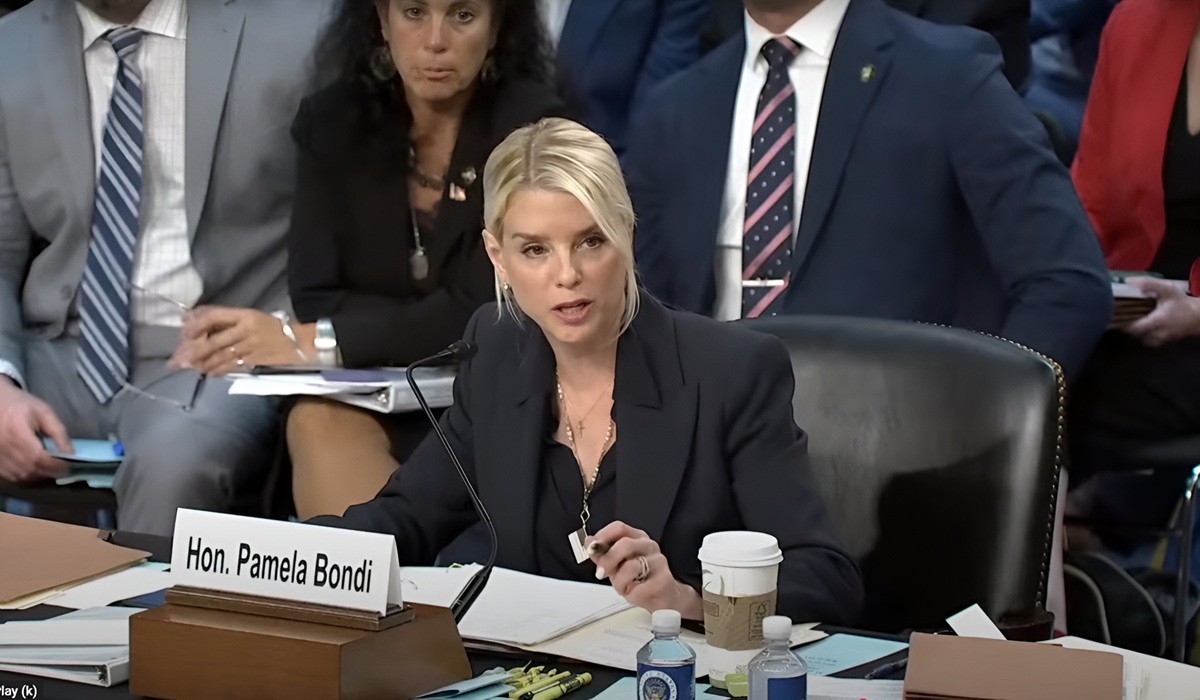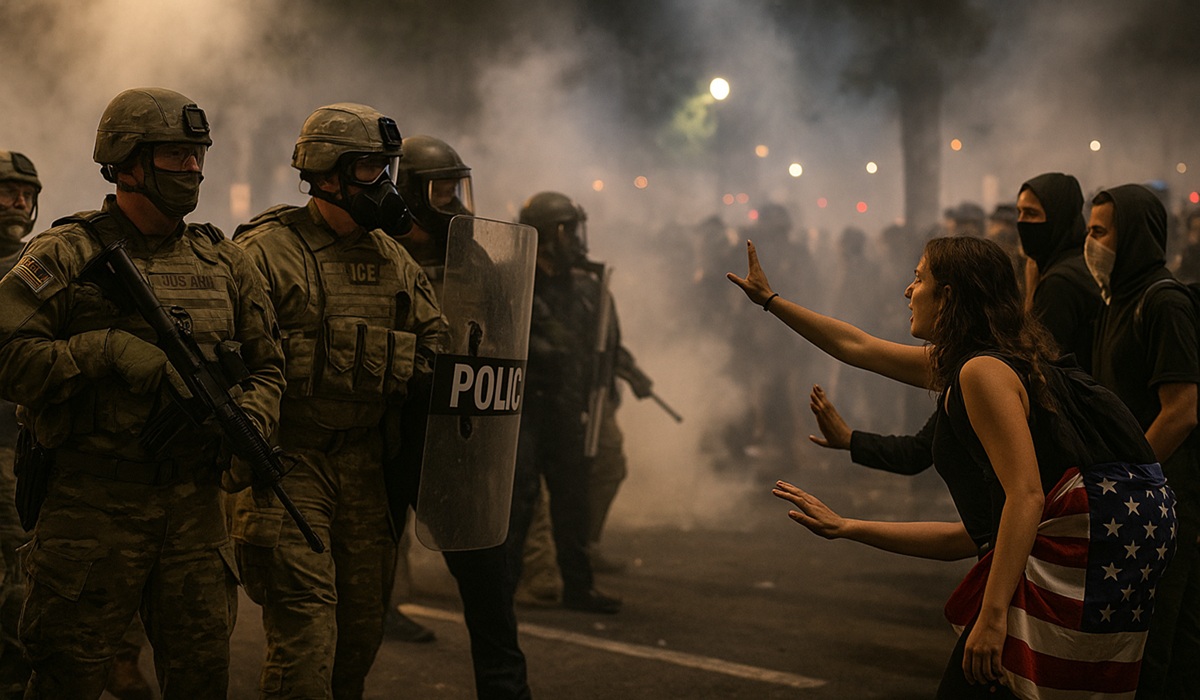The CIA’s 14-Point Checklist and the Hidden Architecture of Religious Control
- Ingrid Jones
- Trending News
- October 12, 2025

Image Credit: Leonhard Niederwimmer
For decades, religion has stood as both a moral compass and a political flashpoint — a force capable of toppling empires and uniting nations. Yet, in a recent episode of The Shawn Ryan Show, filmmaker and investigative storyteller Nathan Apffel reignited one of the most provocative ideas circulating in intelligence circles: that there exists a “14-point checklist” allegedly developed to monitor and control organized religion.
Apffel’s claim wasn’t built on rumor or theology, but on a personal account that startled even the usually unflappable Ryan. According to Apffel, after he began digging into the financial and structural mechanisms behind American churches, someone who identified themselves as being from the CIA reached out to him — asking what he knew about this mysterious checklist. The voice on the other end, he said, told him it wasn’t an IRS invention, but a system of classification that began in the intelligence community decades ago.
The reasoning, as Apffel recounts it, was chillingly pragmatic: religion, in all its forms, is “the most dangerous force on Earth.” When people act out of faith rather than fear, they are unpredictable. And in the eyes of intelligence agencies, unpredictability is instability. So, to preserve order, religion must be standardized — framed, categorized, and brought under a predictable model.
In Apffel’s telling, this model became the 14-point checklist — a set of institutional criteria that determines what qualifies as a “legitimate” religious organization. The framework includes elements such as formal doctrines, ordained ministers, congregational structures, official places of worship, and education programs. It sounds administrative, even benign. Yet, when viewed through Apffel’s lens, it represents one of the most sophisticated forms of social management ever created.
He argues that through this structure, religion was quietly transformed from a divine calling into a regulated entity. The enforcement mechanism wasn’t military or police — it was tax exemption. When the IRS grants a church its 501(c)(3) status, the organization effectively agrees to operate within that 14-point framework. In exchange, it enjoys tax-free status, legitimacy, and access to the formal economy. But that privilege comes with oversight — the kind that allows the government to see where money comes from, where it goes, and what influence it fuels.
Apffel’s position is that this was no accident. “When they gave you tax-free status,” he said, “they gave you a leash.” His view is not that churches were corrupted from within, but that they were systematically domesticated through law. Religion became measurable, predictable, and therefore controllable.
Officially, the IRS acknowledges using 14 characteristics — but not to control faith. Instead, they serve as legal guidance for determining what qualifies as a church. These include having a recognized creed, established worship services, trained ministers, and a distinct religious history. The IRS says the list helps apply uniform standards in a nation where religion is constitutionally protected but financially regulated.
What remains unverified is any CIA authorship of those standards. No public record or declassified document connects the agency to the list. Yet Apffel’s account of the phone call suggests that the checklist, as he was told, was born not from bureaucrats but from strategists — people who understood that controlling ideas is far more efficient than controlling people.
Host Shawn Ryan, a former Navy SEAL who has built his podcast on uncomfortable truths about military and intelligence operations, allowed Apffel’s theory to breathe. He didn’t frame it as conspiracy, but as a thought experiment about institutional influence — the quiet ways governments shape belief under the guise of regulation.
The implications are enormous. If Apffel is even partially correct, then the separation of church and state may exist more in principle than in practice. By making religious compliance a condition of tax-exempt privilege, the state ensures that most churches will self-police rather than risk financial extinction. They become part of the same data ecosystem that tracks every major organization on Earth.
It’s control not through persecution, but through permission.
Apffel’s broader point is not that faith is bad — but that faith has been domesticated. The pulpit, once a space of prophetic challenge, now often operates within boundaries drawn by tax codes and bureaucratic comfort. The government doesn’t need to censor sermons; it simply makes rebellion economically inconvenient.
In the end, the alleged 14-point checklist — whether born in Langley or a Washington tax office — symbolizes a larger truth: belief itself has been converted into a system of compliance. It’s no longer about silencing prophets. It’s about making prophets legible.
Nathan Apffel’s warning is simple but profound: when faith becomes a regulated commodity, it stops being dangerous. And when it stops being dangerous, it stops being free.








